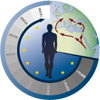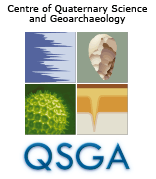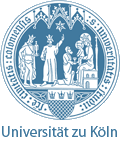From the 5th till the 22th of September, the C3 project went to the province of Cádiz in Spain. The C3 project consists of Tabea Schröder (RWTH Aachen) and Jasmijn van ´t Hoff (University of Cologne), leaded by Prof. Martin Melles. The cluster interfingered with Franz Hartung (F2) and Janna Just (F6), both part of the CRC from the University of Cologne (UoC). We also had help from Florian Steininger (Institute of Geography, UoC); two student assistants, Raphael Gromig and Matthias Lenz (both UoC); a Master student, Christian Scharrenberg, who is doing his Master project on this subject and a Bachelor student, Jan von Harten, who volunteered to help us (both from RWTH Aachen).
The main goal was the recovery of long core sequences in two Spanish lakes: Laguna de Medina and Laguna Salada. Since Laguna de Medina was investigated in 2001 by Jane M. Reed with a ca. 10 m long sediment sequence containing the last 8,700 years, we now intended to gain a longer sediment core. Laguna Salada was not investigated before.
After preliminary investigations took place in March, the September journey started with the transfer of our equipment to Laguna de Medina and to set up the platform. We measured the water depth at several places and found a nice spot with the maximum water depth of 1.7 m, where we decided to drill. Now, the coring group separated in two teams: One team was working on the platform, the other was coring in the margins with a Cobra coring system.
The "platform team" cored with a drilling chamber of 3 m length. We finally stopped coring at 22.29 m, because we run out of the equipment. However, this core length totally fulfilled our expectations. The "Cobra team" cored in the margins of both lakes. The idea is to correlate these cores with the long sediment sequence from the deepest part of the Laguna de Medina in order to get information about palaeolake levels. The margins were very muddy, so it was a big mud-bath.
After finishing work at Laguna de Medina, the team went to Laguna Salada to investigate the water depth and to look for the deepest point. To this point, we could even walk with dry feet ... because the entire lake was dried out! The "margin team" could easily core several sediment sequences with the Cobra. In total, they gained 12 m and 8.5 m sediment cores from the middle of the "lake" and cored two cores from the margin of the dried out lake.
At the moment we are working in the lab in Cologne to open and describe all cores. Afterwards, we will start to measure them with the MSCL and the XRF devices. After correlating all cores, inclusive the overlapping parts, we are able to investigate a master section and start to sample it every 6 cm for grain size measurements, TIC/TOC and CNS, and every 24 cm for pollen analysis, organic remains and other proxies.
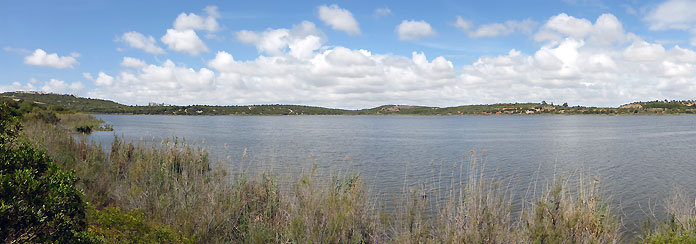 Laguna de Medina | Photo: Franz Hartung
Laguna de Medina | Photo: Franz Hartung
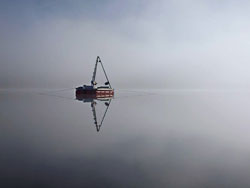 The platform at Laguna de Medina. The platform at Laguna de Medina.Photo: Franz Hartung |
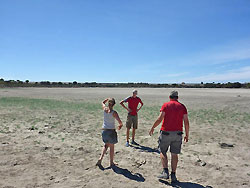 Searching for the lake Laguna Salada. Photo: Franz Hartung |
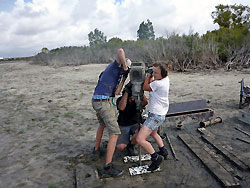 Coring in Laguna Salada. Coring in Laguna Salada.Photo: Franz Hartung |
